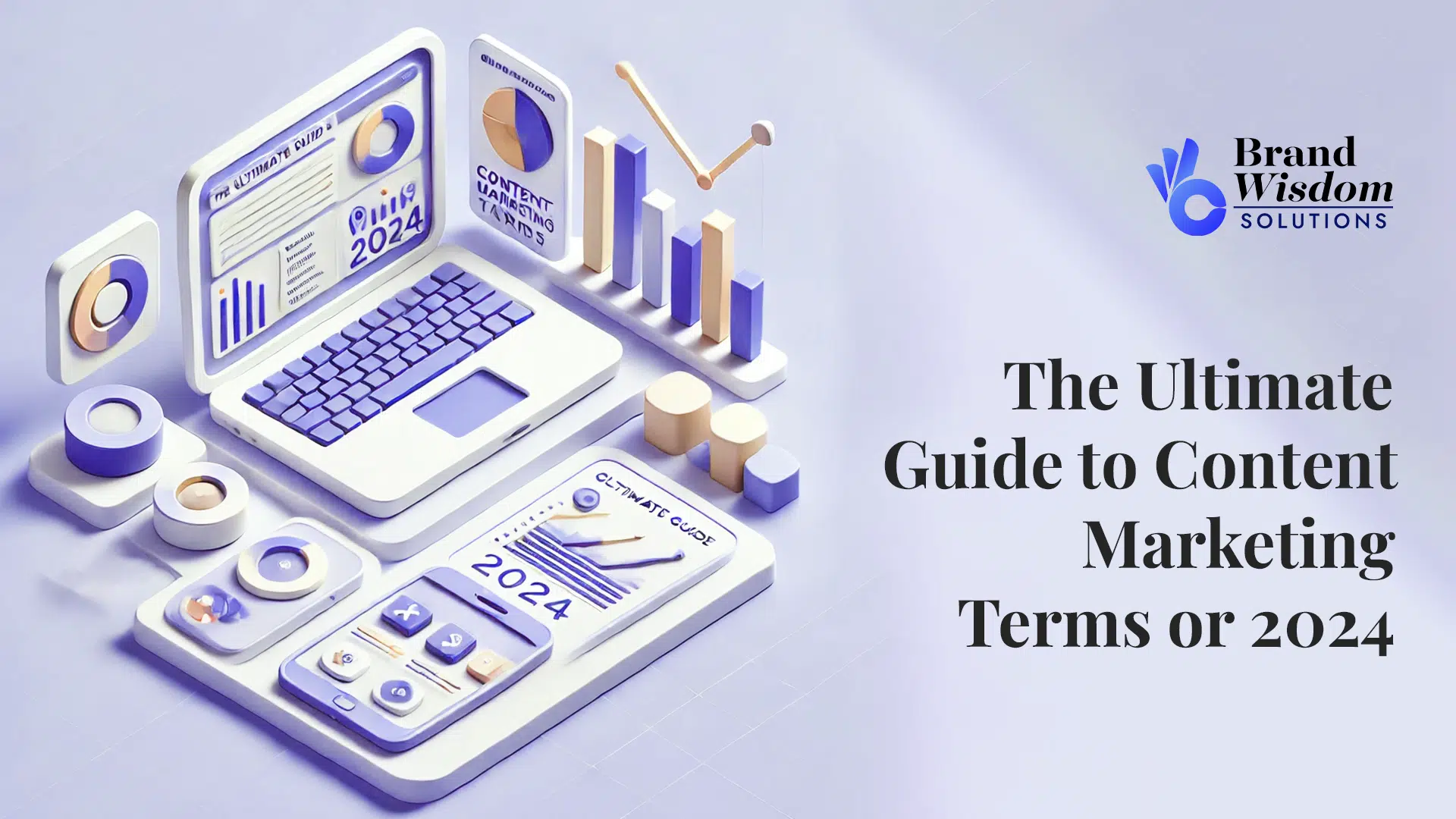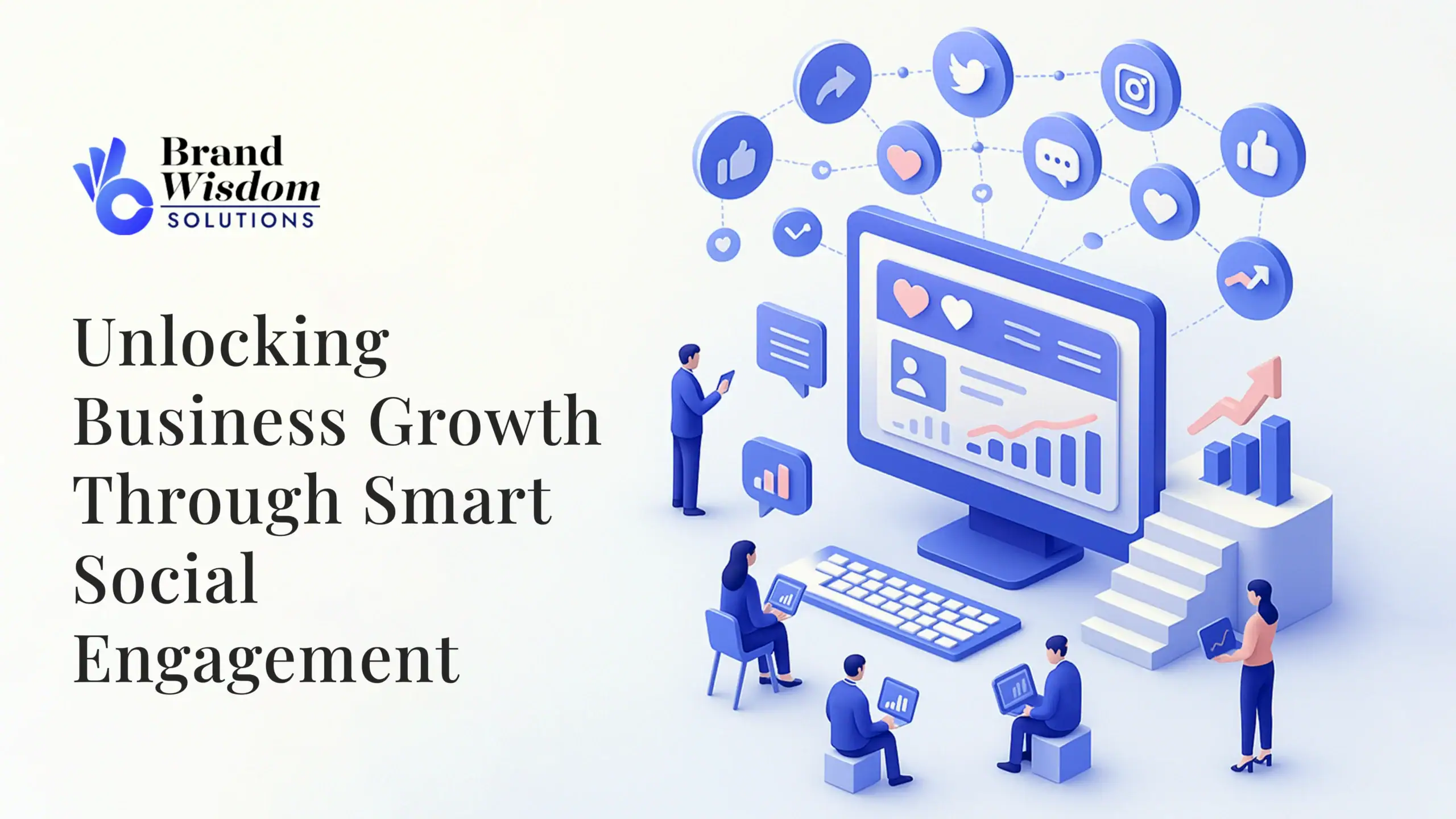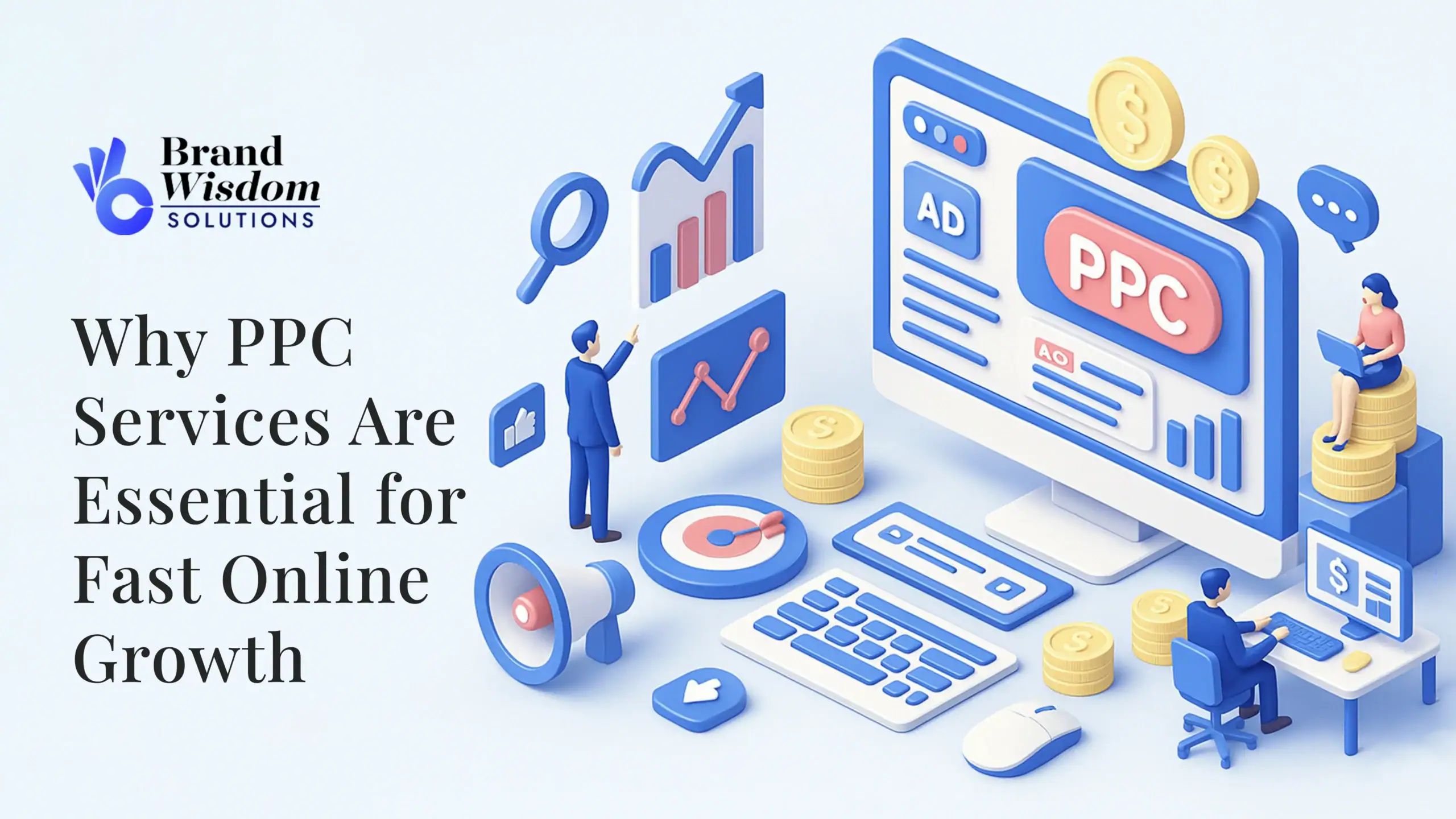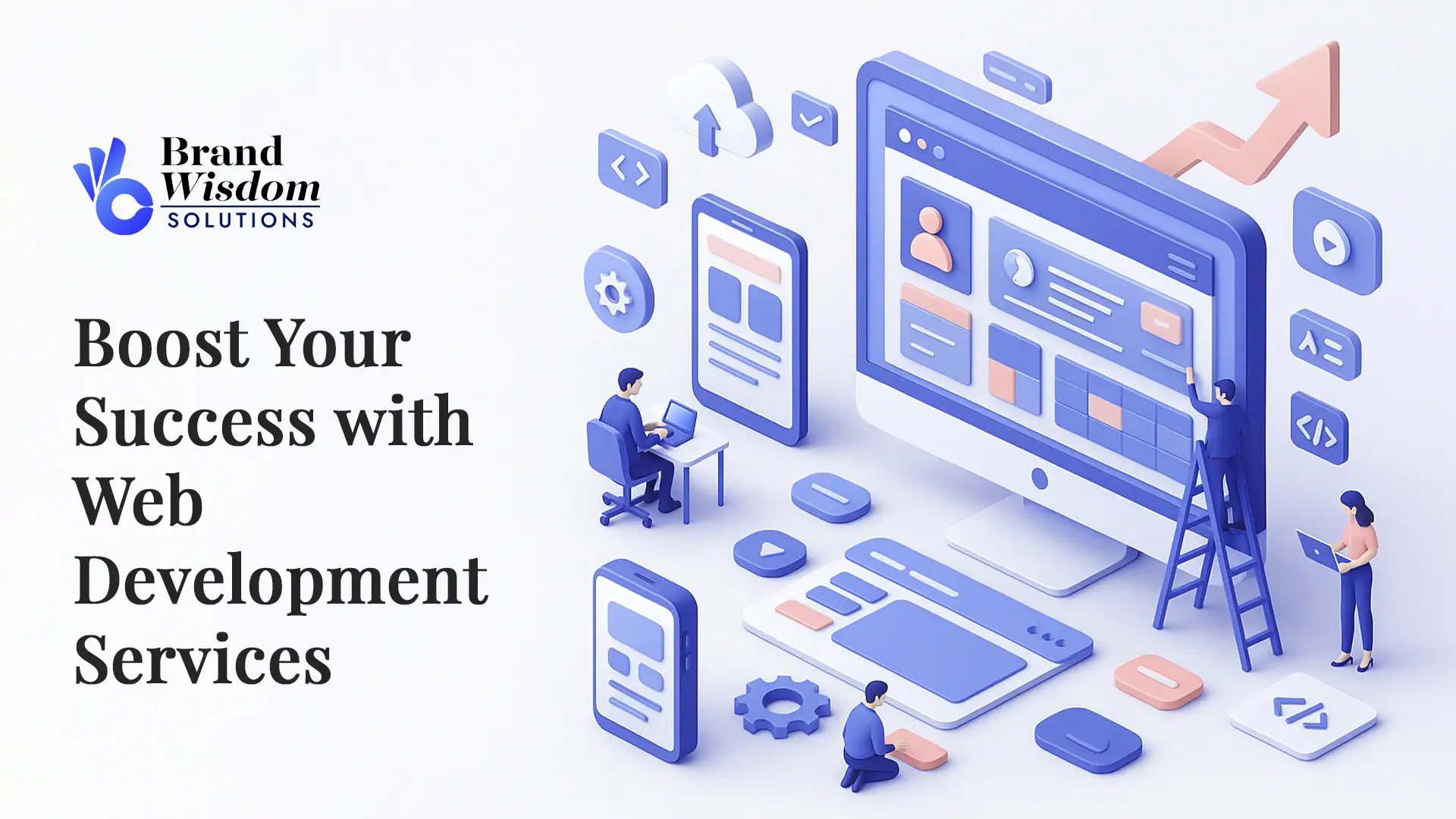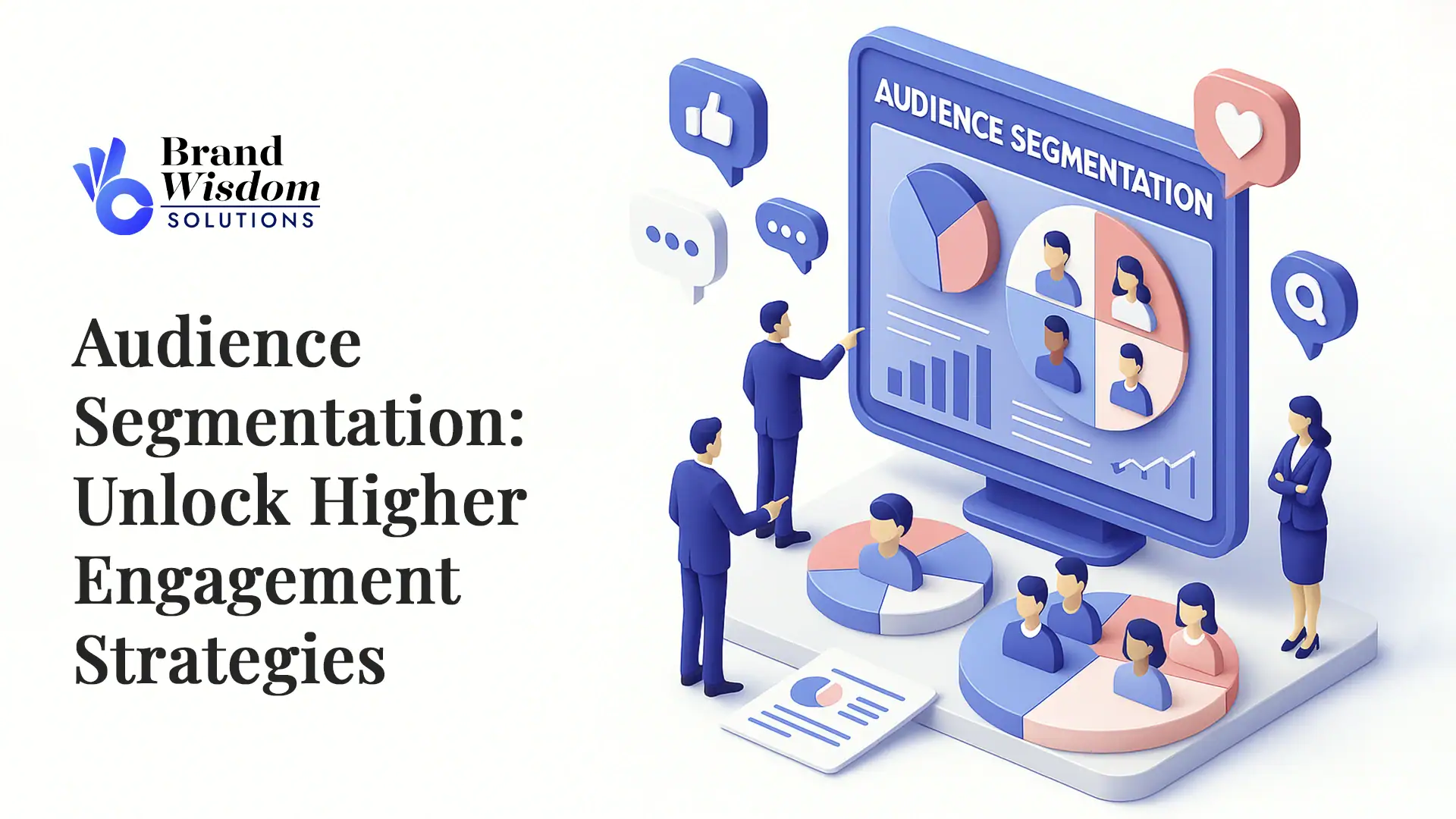It can be downright near impossible to keep tabs on the shifting sands of advertising and promotion without a little help from some marketing terms, especially from SEO to ROI. These terms provide the very rudiments upon which any successful marketing campaign can be based.
Whether you’re a seasoned marketer or just starting out, mastery of these concepts helps set you apart in terms of effective communication and strategy development.
Basic Marketing Terms

A/B Testing
A/B testing is a process of evaluating two different versions of a webpage or application for the purposes of determining which one is more effective. It is an important step in deciding on the best marketing strategies.
A/B testing gives one confidence in optimizing websites and campaigns, and that they have resonance with their target audience. For example, a company can test which email subject line will drive more clicks between the two.
Analytics
Analytics in marketing is a process to collect and analyze data about marketing efforts in order to learn and improve campaigns. Some important metrics to track include conversion rates, bounce rates, and click-through rates.
Marketers use tools like Google Analytics, HubSpot, and Adobe Analytics to collect information on website traffic, user behavior, and campaign performance, amongst others, that can help drive informed decisions.
B2B: (Business to Business)
B2B marketing deals with the selling of products or services to other businesses, not individually to consumers. Here, the major difference between B2B and B2C marketing lies in target audiences and purchasing procedures.
In B2B marketing, companies often develop personalized approaches to address other business needs. It may include crafting content on the challenging issues of industries and providing custom-made solutions.
Content-Specific Marketing Terms

| Lead | Infographics play a huge role in visual marketing, as this medium enables relaying of big and complex information in a sweet, eye-catching, and comprehensible mode; hence, improved engagement and sharing are achieved. Effective tips for creating infographics: While creating infographics, one major aspect has to be placed on simplicity, usage of colors, accuracy of data, as well as relevance and shareability of information. |
| Content | Content types used in marketing: Marketers make use of a plethora of rich content types—blog posts, videos, infographics, e-books, and podcasts—to engage the target audience effectively.Best practices in developing content: Attention to the audience, telling a story, consistency of branding, and optimization on search engines are the main principles while developing compelling content. |
| Infographic | Brand building and identity: An effective brand identity is built through a distinctive voice, values, and aesthetics that will speak to the audience. In cases of successful branding, such consistency can be disseminated to all touchpoints. Case studies in successful branding: Brands like Nike, with its “Just Do It” slogan, and Apple, known for sleek design and innovation, have been able to create strong branding that speaks to consumers worldwide. |
| Brand | Brand building and identity: An effective brand identity is built through a distinctive voice, values, and aesthetics that will speak to the audience. In cases of successful branding, such consistency can be disseminated to all touchpoints.Case studies in successful branding: Brands like Nike, with its “Just Do It” slogan, and Apple, known for sleek design and innovation, have been able to create strong branding that speaks to consumers worldwide. |
Digital Marketing Essentials

SEO
SEO refers to practices that provide a site better visibility on any search engine. On-page SEO mainly focuses on the optimization of the content and HTML code. Off-page SEO gives substantial importance to link-building.
SEO analysis tools assist in grabbing an idea about the performance process of a website. Major tools, including SEMrush and Ahrefs, assist in keyword analysis, ranking, and competitor tracking.
PPC
PPC is Pay-Per-Click Advertising, which occurs whenever there is a fee to the advertiser whenever an ad is clicked. How PPC works is based on keyword research, ad creation, and bid management to help drive traffic to websites. PPC is attributed to benefits such as instant results, great targeting options, and measurable ROI. The downside of PPC is that it is very competitive, costs go up, and it is a practice that demands constant optimization.
Social Media Marketing
In 2024, businesses will focus on effective social media marketing. These platforms offer the best balance of demographics and participation by the target groups. Trends for social media marketing tend toward video, influencers, and customized messages for ease of hitting audiences.
Advanced Marketing Concepts

Customer Journey Mapping
Customer journey mapping has been at the crux of advanced marketing concepts; the moment you have the knowledge about all touch points that a customer goes through in the wake of coming in direct contact with any brand.
Steps one needs to perform to have a customer journey map in place is collecting the data from the interactions made by the customer across different channels. Then, he or she can determine key touchpoints and make the visualization of the customer experience.
It is by knowing the customer journey that one gets to understand the behavior of the customers. This knowledge helps to find the pain points, enhance marketing strategies, and increase the level of customer experience provided.
Personalization
Personalization is one of the major strategies of advanced marketing. It defines the way in which marketing activities should be managed in regard to the customer’s requirements and preferences.
Personalized marketing is beneficial in many ways: it increases the rate at which customers engage with the brand, results in better conversion, and also leads to more customer loyalty.
There are a lot of ways to personalize content. Targeted campaigns using customer information, dynamic content according to user’s behavior, and personalized recommendations are some of the successful working strategies.
Emerging Marketing Trends in 2024

AI and Machine Learning in Marketing
Artificial intelligence and machine learning changed the ideology of marketing. It changed the way businesses communicate with consumers. Flow-up algorithms are used in artificial intelligence for analysis of the consumer behavior to successfully personalize marketing strategies.
Accurately predicting consumer preference has been made possible, hence enabling targeted campaigns that really get along with the audience. Furthermore, AI smoothes the activities, economizing time and resources but maximizing ROI.
Voice Search Optimization
Voice search is increasingly becoming more popular as users are now relying more on virtual assistants such as Siri and Alexa to get information. Conversational keywords and brief direct answers are the first requirements for voice search optimization.
This means that businesses have to focus not only on creating FAQ pages but also on optimizing content in a way that will help improve the visibility of the results found through voice search. Besides, website speed and mobile-friendliness are important things one needs to take care of while optimizing for voice search.
Measuring Marketing Success

Key Performance Indicators (KPIs)
Within today’s fast-paced marketing environment, it becomes imperative to have a finger on the pulse regarding key performance indicators that measure campaign efficiency. Key indicators include conversion rates, customer acquisition costs, and return on ad spend.
Measuring these metrics brings valuable insights into campaign effectiveness and makes informed decisions to optimize strategies for results. A focus on KPIs such as this will drive growth toward specific goals, but it requires a line of actions that sets up efforts geared toward such set goals.
How to Set Realistic KPIs
Setting realistic KPIs is a strategic step towards considering the business objectives, industry benchmarks, and past performance. Clear goals have to be set with SMART criteria: specific, measurable, achievable, relevant, and time-bound.
Furthermore, setting goals by engaging all parties ensures collaboration and consensus between cross-functional departments. The ability to review and update KPIs consistently means the inclusion of real-time data and market trends; this is very important to stay agile and responsive in today’s dynamic marketing environment.
Return on Investment (ROI)
Marketing ROI basically means looking at the total cost of the investment versus the revenue that will be generated. The simplest way to compute it is [(Revenue – Cost of Investment) / Cost of Investment] * 100.
Using appropriate ROI measurements, a company will be able to know if its marketing campaigns have been efficient or not, and in which campaigns to allocate more resources. This gives insight for the marketer to optimize the campaigns in relation to budget reallocation to channels that drive the highest return.
Improving ROI through optimization
Marketers have several ways to improve their ROI through targeted audience segmentation, A/B testing, and content personalization. Campaigns targeted towards specific audience segments make engaging and converting more effective for businesses.
Data-driven insights allow marketers to continue optimization for strategies in real time for maximum impact. Testing a number of creatives, messaging variations, and promotional offers is important to gain an idea of what best fits the target audience and which one will drive higher ROI in the long run.
Conclusion
It has been a great journey to learn and get through all the terminology in marketing, right from the conceptual to the most leading-edge trends of 2024. From basic concepts and terminologies specific to content to digital essentials and advanced strategies, it laid a solid foundation for understanding the intricacies behind campaigns. Grasping these terminologies serves as an important medium for measuring marketing success and new trends through adaptation.
One needs incessant education about the updates in tools and strategies to stay ahead in the dynamic world of marketing. Mastery of a mix of traditional techniques with the newest approaches can help one sail through the highly competitive market. Grasping these marketing terms and concepts can help a professional refine his campaigns for better execution to his target audience. Continuous learning and adaptation are essential in the fast-moving world of marketing.
Ready to transform your marketing strategies and stay ahead of the curve? Partner with Brand Wisdom Solutions today. Our expert team is dedicated to helping you navigate the complexities of modern marketing, from mastering SEO and PPC to leveraging AI and machine learning. Don’t miss out on the opportunity to elevate your brand and achieve exceptional results. Contact Brand Wisdom Solutions now to get started on your path to marketing excellence!
Frequently Asked Questions
What are the basic marketing terms?
Basic marketing terms include concepts like target market, branding, positioning, and segmentation. These terms form the foundation of marketing strategies and help businesses understand their customers and how to reach them effectively.
What are content-specific marketing terms?
Content-specific marketing terms refer to keywords, SEO, content calendar, and engagement metrics. These terms are crucial for creating and optimizing content that resonates with the target audience and drives traffic and conversions.
Why is understanding digital marketing essentials important?
Understanding digital marketing essentials is crucial in today’s digital age as it encompasses strategies like social media marketing, email campaigns, SEO, and PPC advertising. Businesses need to leverage these tools to reach a wider audience and stay competitive in the online landscape.

